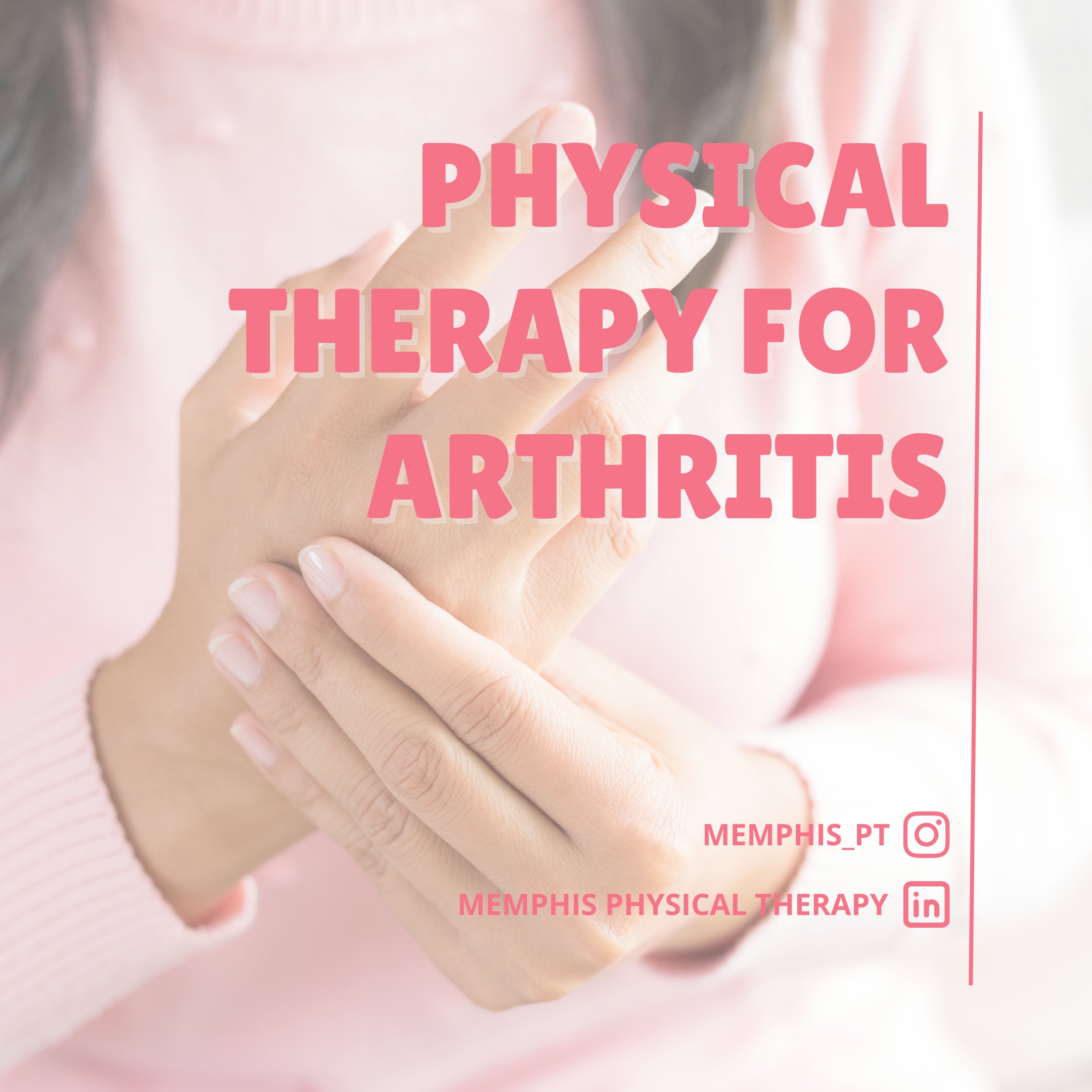
What is Arthritis?
Arthritis refers to a group of conditions characterized by inflammation and stiffness in the joints, resulting in pain and decreased mobility. Some types of arthritis just affect a few joints and are called oligoarthritic. Others affect many joints in the body and are called polyarthritis. Arthritis can be symmetric, meaning the pain and inflammation is roughly the same on both sides of the body. It can also be asymmetric, affecting just about any joint in the body at any given point in time.
According to the World Health Organization (WHO), it is estimated that over 350 million adults and 300,000 children suffer from some form of arthritis globally. In the United States alone, the Centers for Disease Control and Prevention (CDC) approximates that around 58.5 million people have been diagnosed with arthritis. The prevalence of arthritis tends to increase with age, with a higher occurrence among older adults. Arthritis encompasses various forms, such as osteoarthritis, rheumatoid arthritis, and gout, each with its prevalence rates and risk factors.
Click here to learn more about arthritis.
There are over 100 different forms of arthritis. The three most common forms of arthritis are osteoarthritis, rheumatoid arthritis, and gout.
Osteoarthritis (OA):
Osteoarthritis is the most prevalent form of arthritis and typically occurs with aging. It results from the wear and tear of the protective cartilage that cushions the joint. Over time, the cartilage breaks down, leading to joint pain, stiffness, and reduced mobility. Osteoarthritis commonly affects weight-bearing joints like the knees, hips, and spine.
Rheumatoid Arthritis (RA):
Rheumatoid arthritis is an autoimmune disease characterized by chronic inflammation of the joints. The immune system mistakenly attacks the lining of the joints, leading to pain, swelling, and stiffness. Rheumatoid arthritis can affect multiple joints symmetrically, such as the hands, wrists, and feet. It can also cause systemic symptoms like fatigue, fever, and weight loss.
Gout:
Gout is a type of arthritis caused by the buildup of uric acid crystals in the joints. It typically affects the big toe, causing sudden and severe pain. swelling, redness, and tenderness. Gout occurs when the body produces too much uric acid or fails to eliminate it efficiently. Certain factors, such as diet, genetics, and underlying medical conditions, can contribute to the development of gout.
Each of these forms of arthritis has its distinct characteristics, causes, and treatment approaches, highlighting the importance of proper diagnosis and tailored management strategies.
What causes arthritis?
Arthritis can have various causes depending on the specific type of arthritis. Here are some general factors that contribute to the development of arthritis:
- Hereditary factors
- Injury or metabolic abnormalities
- Direct and indirect effects of infections
- Misdirected immune system with autoimmunity.
- Other
Sometimes arthritis can occur with no known cause. But some factors can increase your risk for all types of arthritis, such as:
- Aging
- Obesity
- Family history of arthritis
- Lack of movement
- Joint injuries
There is no way to prevent arthritis. But you can reduce your risk and delay the potential onset of certain types of arthritis.
What are the symptoms of arthritis?
The symptoms of arthritis can vary depending on the specific type of arthritis and the joint effects. However, here are some common symptoms that individuals with arthritis may experience:
- Joint pain
- Joint stiffness
- Joint swelling
- Joint redness
- Joint deformity
- Reduced range of motion
- Fatigue
- Systemic symptoms such as fever, weight loss, and generalized illness
What are treatment options for arthritis?
Physical therapy can play a significant role in the treatment and management of arthritis. Physical therapy can improve one’s ability to bend and strengthen a joint. Even a small incremental improvement in a joint’s range of motion can make a significant difference in joint function. Here are several ways physical therapy can benefit individuals with arthritis:
- Improve Balance. Individuals with osteoarthritis often have impaired balance resulting from muscle weakness, decreased joint function, decreased mobility, and other factors. Physical therapists can incorporate balance components into your treatment plans to improve balance and reduce your risk of falling.
- Adjust Posture. Good posture can take the stress off arthritic joints. A physical therapist can educate you about ways to adjust your posture and put less stress on your joints as you sit, stand, and walk. They may suggest modifications to your environment at home, work, and even in your car.
- Pain Relief. Physical therapists employ various techniques, such as manual therapy, heat or cold therapy, and electrical stimulation, to reduce pain and inflammation in affected joints. They also teach pain management strategies that patients can practice at home.
- Strengthening and Flexibility Exercises. Physical therapy incorporates targeted exercises to strengthen the muscles surrounding the affected joints. Strengthening these muscles helps alleviate stress on the joints and improves stability. Additionally, flexibility exercises enhance joint mobility and reduce stiffness, allowing better movement.
- Range of Motion Exercises. Physical therapists guide patients through specific exercises to maintain or restore the full range of motion in affected joints. These exercises help prevent joint contractures and improve joint flexibility, enabling individuals to perform daily activities with greater ease.
- Assistive Devices and Splints. In some cases, physical therapists may recommend assistive devices, such as canes or braces, to support and protect the joints. They can also provide customized splints to help immobilize and rest inflamed joints during flare-ups.
- Education and Lifestyle Modifications. Physical therapists educate patients about arthritis, its management, and techniques to prevent further joint damage. They offer guidance or adopt proper body mechanics, ergonomic principles, and modifications in daily activities to reduce joint strain.
In conclusion, arthritis poses significant challenges to individuals’ quality of life. However, physical therapy can play a huge role in lifestyle mortifications, assistive devices, and a tailored approach to help individuals enhance their overall well-being. It is essential to seek professional guidance and support, as early diagnosis and appropriate intervention play crucial roles in optimizing outcomes.
